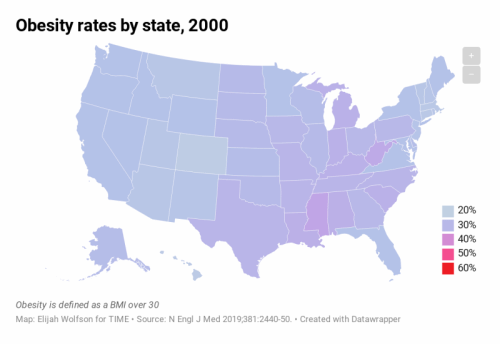Militaries are getting better at overthrowing elected governments – “Coups over the last decade or so have a far higher success rate than in previous periods”

By Joshua Kurlantzick
25 February 2021
(The Washington Post) – Early this month, Myanmar’s armed forces took control of the country. Moving overnight, they detained most leading politicians and many civil-society activists, barricaded roads, cut off Internet access, arrested people in the darkness, and made an announcement of the coup on state television. In the weeks since, the generals have declared a curfew, blocked foreign social media platforms, banned large gatherings, put civilian leader Aung San Suu Kyi on trial in secret, and declared a one-year state of emergency, after which they will supposedly oversee new elections. (The last army putsch, in 1988, endured for two decades.)
Military dictatorships are nowhere near as common as they were during the Cold War, and leaders trying to roll back democracy today usually do so in creeping ways, by altering legal systems, voting rules and other institutions to give themselves greater power. This has been the path of illiberal bosses like Hungary’s Viktor Orban, Turkey’s Recep Tayyip Erdogan and the Philippines’ Rodrigo Duterte. They have whittled away at norms and institutions to centralize their authority — and Orban and Erdogan have become outright autocrats. They had the patience to undermine democracy by slowly suffocating it.
And yet coups have not only lingered; they’ve become more effective in the past decade. Egypt’s military overthrew its government in 2013, Thailand’s in 2014, Zimbabwe’s in 2017, Sudan’s and Algeria’s in 2019, and Mali’s in 2020. In some countries that seemed to have moved beyond putsches, military meddling has returned — such as in Bolivia, even if the generals didn’t complete an outright takeover in that country’s 2019 political crisis. Successful coups have increased from lows in the early 2000s to higher numbers in the 2010s. Now, in 2021, Myanmar’s military also has staged a successful coup. Although there were 47 coups and attempted coups in the 2010s compared with 76 in the 2000s, according to a database created by the Cline Center for Advanced Social Research at the University of Illinois, “coups over the last decade or so have a far higher success rate than in previous periods,” according to an analysis by Clayton Thyne and Jonathan Powell, two leading scholars. Their calculations did not include 2020 and 2021, but there have already been two takeovers in that period. [more]

